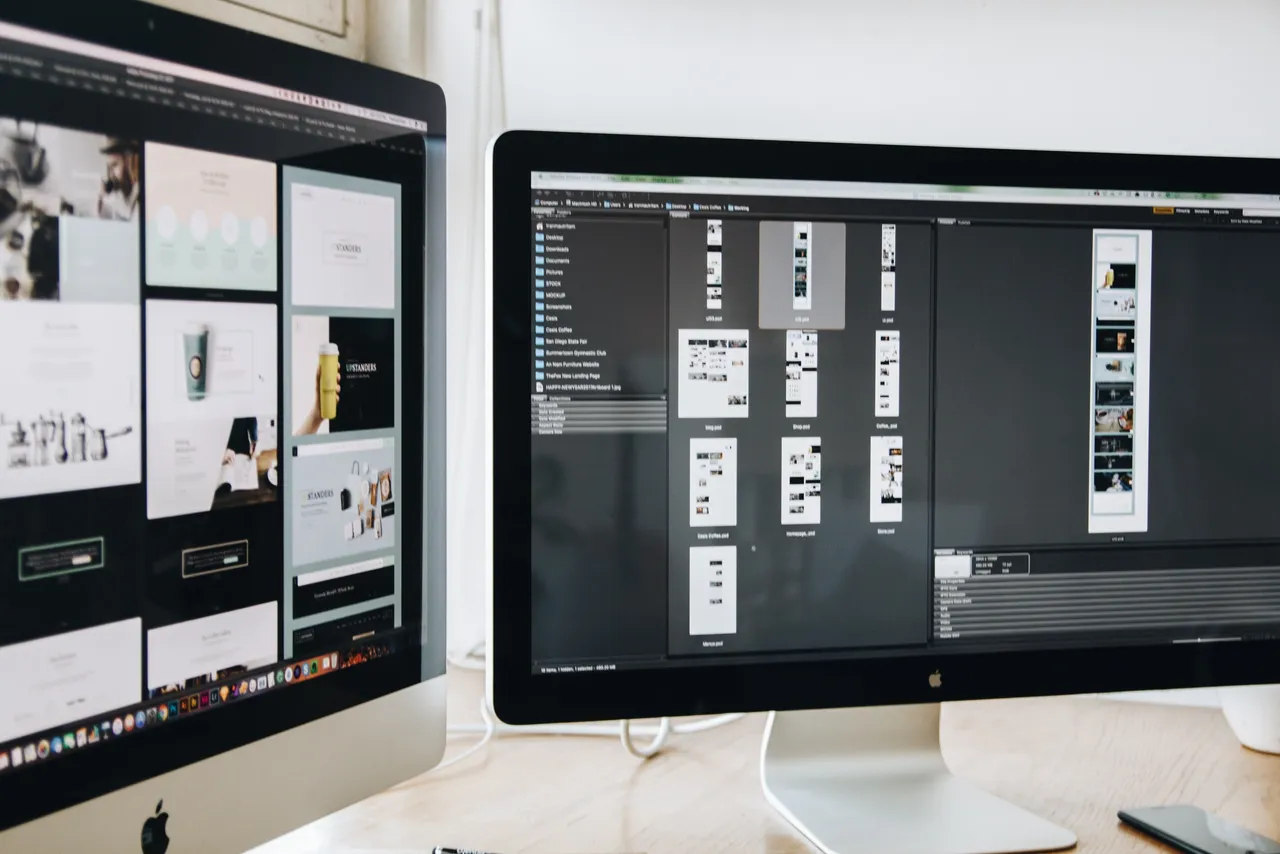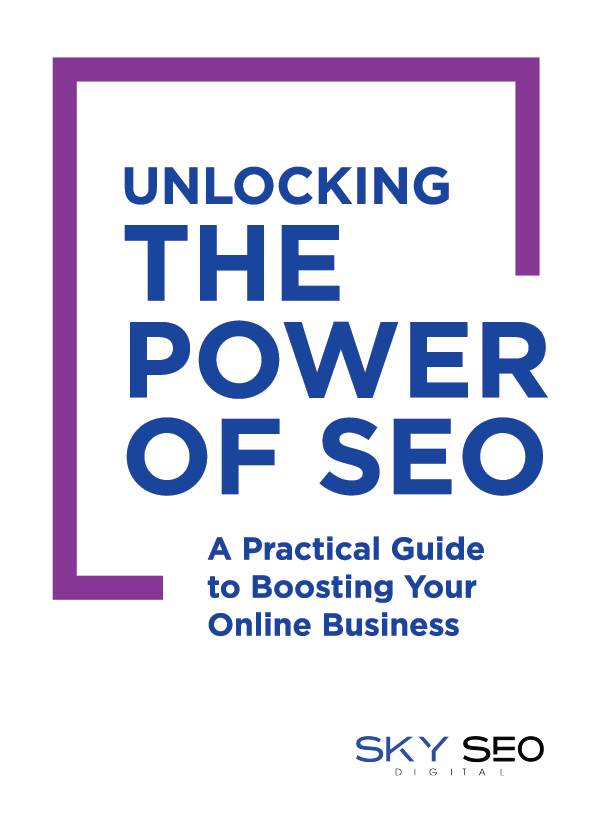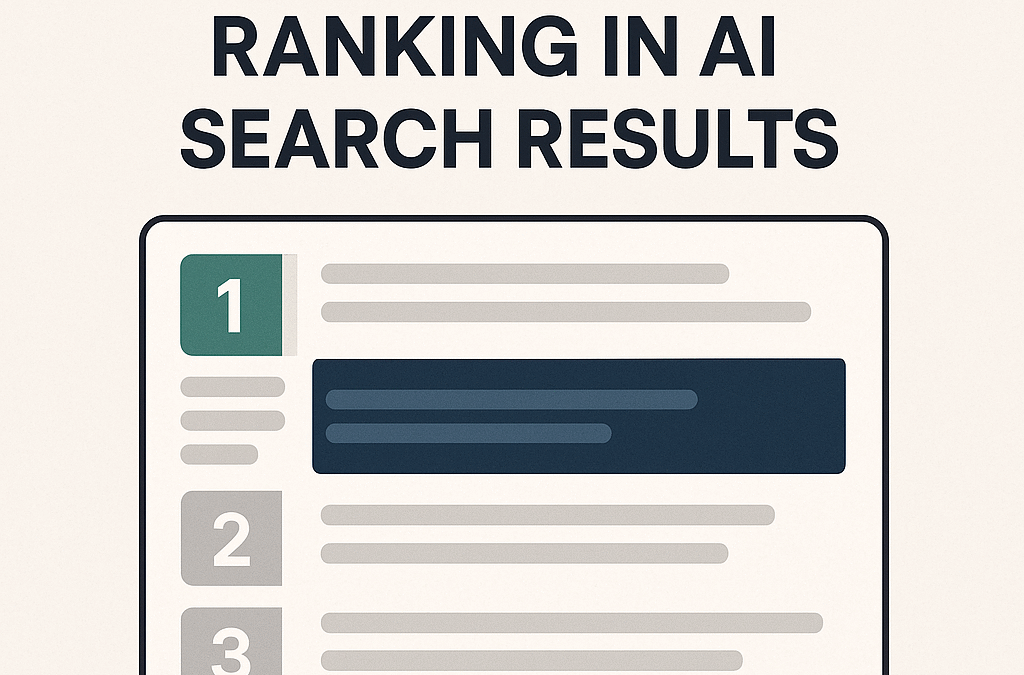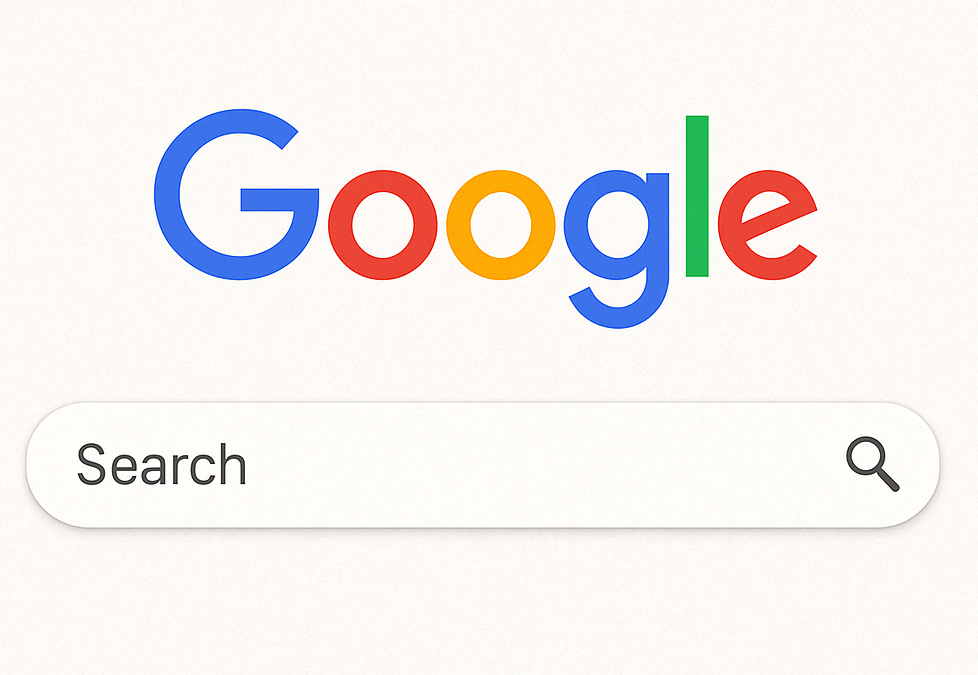As the digital landscape evolves, so do the expectations of internet users. Websites that were once considered modern and cutting-edge are now outdated and unappealing. In today’s competitive online market, having an outdated website design can hurt your search engine optimization (SEO) and conversion rates. In this blog post, we will discuss how updating your web design can improve both SEO and conversions.
SEO and web design
Search engines have become smarter in their ability to assess the quality of a website. Google’s algorithms prioritize websites that provide a great user experience, and web design is a significant factor in that experience. The following are some of the ways that web design can affect SEO:
Site structure: A website’s structure can have a significant impact on SEO. A well-structured site is easy for search engines to crawl and index, which can lead to higher rankings. Good web design includes an organized site structure with a clear hierarchy of pages, making it easy for both search engines and users to navigate.
Mobile optimization: Google has made it clear that mobile-friendliness is a crucial ranking factor. Mobile optimization is more than just having a responsive website; it includes designing for smaller screens and touch navigation. A website that is not mobile-friendly will have a negative impact on SEO.
Page speed: A slow-loading website can hurt SEO. A good web design takes into account page speed, including optimizing images, minifying code, and utilizing caching. Faster loading times lead to a better user experience, which in turn can lead to higher search engine rankings.
Content optimization: Web design can impact how content is presented on a website, including headings, font sizes, and spacing. These design elements can affect how readable and scannable your content is, which can lead to better engagement and a higher chance of ranking well in search results.
Conversion rates and web design
While SEO is essential for driving traffic to your website, conversions are what ultimately determine your success. A conversion can be anything from a sale to a form submission, and good web design can impact how likely a user is to convert. Here are some ways that web design can impact conversion rates:
Clear calls to action (CTAs): CTAs are an essential element of web design. They are the buttons or links that prompt users to take action, such as “Buy Now” or “Contact Us.” Good web design includes clear and prominent CTAs that stand out from the rest of the page and are easy to find.
User experience: A well-designed website can improve the user experience, making it easier for users to navigate and find what they are looking for. This can lead to higher engagement and more conversions.
Trust and credibility: Web design can impact how trustworthy and credible your website appears to users. A professional and polished design can help build trust with potential customers, increasing the likelihood of them converting.
Branding: Web design can also impact how well your brand is represented online. A cohesive design that aligns with your brand identity can help build brand recognition and loyalty, which can lead to more conversions.
Strong Web Design Crucial to Success
Having a well-designed website is crucial for both SEO and conversions. A good web design can improve site structure, mobile optimization, page speed, and content optimization, all of which can lead to higher search engine rankings. Additionally, a well-designed website can improve user experience, CTAs, trust and credibility, and branding, all of which can lead to higher conversion rates. If you haven’t updated your website design recently, now is the time to do so. The benefits to both SEO and conversions make it a worthwhile investment.









